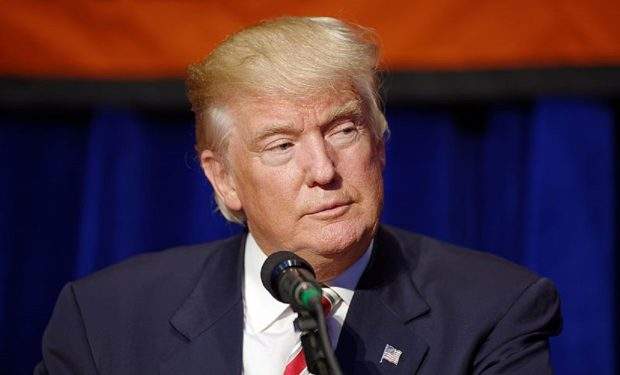Among the “boxes and boxes” of documents that show up in widely circulated photos featured in the federal Donald Trump indictment, the document identified as No. 19 stands out. Dealing with super-sensitive nuclear weapons secrets, No. 19 has a different status (FRD) than the other documents that Trump is accused of illegally possessing after he left the Oval Office.
[NOTE: The Office of Declassification writes “Documents containing RD/FRD are exempt from automatic declassification and must be reviewed by DOE prior to release.“]
No. 19 stands out, many experts say, because even when Donald Trump was President of the United States, he lacked the authority to unilaterally declassify this particular document. Due to the extraordinarily high sensitivity of No. 19’s contents, its declassification is subject to a protocol that requires collaboration with both the Department of Defense and the Department of Energy.
(A classification training guide published by the Department of Energy can be found here. It says that while FRD stands for Formerly Restricted Data, “FORMERLY DOES NOT MEAN UNCLASSIFIED.”)
The unique status of No. 19 is relevant because, despite an alleged recording of Trump admitting some documents were not declassified before he left the White House, Trump has claimed that he declassified the documents in question, an assertion that, if true, could potentially invalidate some of the charges against him.
Trump SHOWED at least two unauthorized people these secrets pic.twitter.com/wBMKL6h2nw
— Angry Staffer 🌻 (@Angry_Staffer) June 9, 2023
In the case of No. 19, Trump apparently lacked — according to existing protocol that will be challenged — the authority to declassify the document on his own.
According to the Department of Energy Guide, documents classified as FRD include data on the U.S. nuclear warhead stockpile quantities, nuclear warhead safety and storage, weapons locations and yields.
Whether the President’s authority to declassify was legally limited by existing protocol in the case of No. 19 is subject to interpretation and litigation, like all else in the case.
Reuters quotes David Jonas, former general counsel for the U.S. National Nuclear Security Administration, who asserts Trump possessed declassification authority, even for No. 19, saying: “The president is the executive branch and so he can declassify anything that is nuclear information.”
Other lawyers argue that the nuclear document declassification protocol clearly prevented Trump from possessing sole discretion on declassification. The consensus may lie in the middle. As Alex Wellerstein at Lawfare blog wrote, long before the existence of No. 19 was known to be a part of the case against Trump: “For Restricted Data, the power of the president to declassify is even less clear.”
